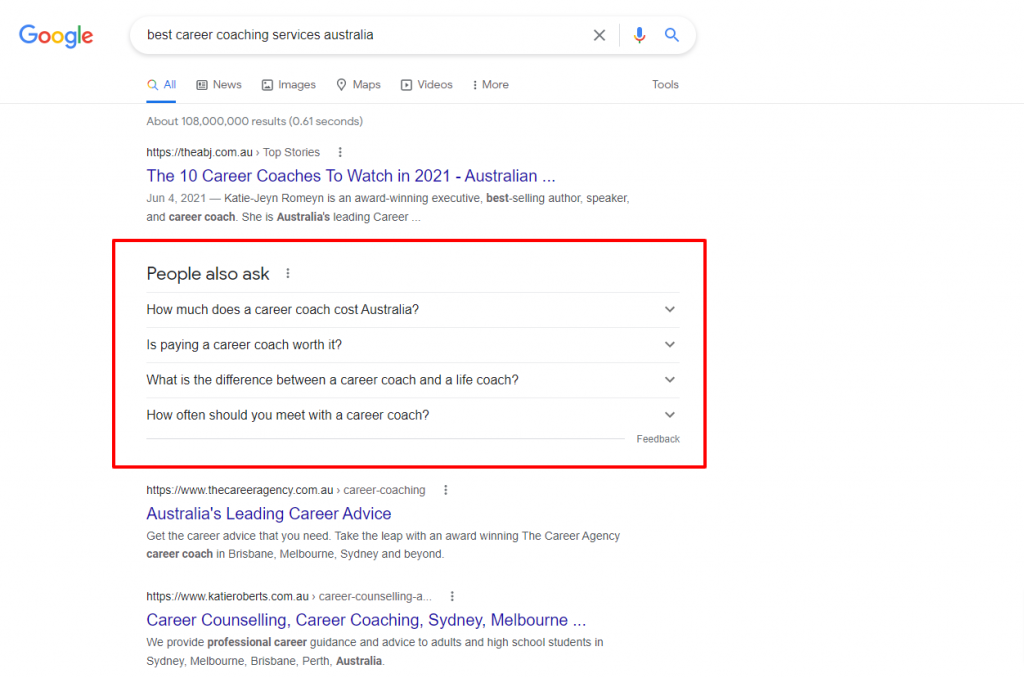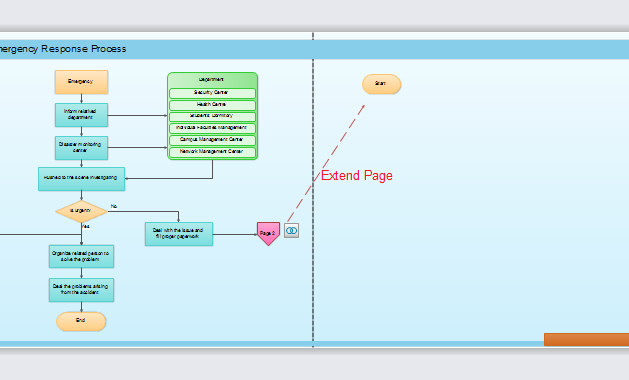
In the ever-evolving world of digital marketing, staying ahead of the competition means more than just creating content—it means creating better content. One of the most powerful strategies for achieving this is content gap filling, which involves identifying and covering subtopics that your competitors have overlooked or underdeveloped. This approach not only helps you stand out in search results but also ensures your content resonates deeply with your audience.
In this article, we’ll explore how to effectively identify content gaps, fill them with valuable subtopics, and use these insights to boost your SEO performance and audience engagement.
What Is Content Gap Filling and Why It Matters
Content gap filling is the process of discovering topics or subtopics that are relevant to your audience but aren’t adequately covered by your competitors. These gaps can exist in various forms—whether it’s a lack of depth on a popular topic, missing perspectives, or unexplored angles.
For example, if your competitors are all writing about “how to start a blog,” but none of them address the specific challenges faced by beginners in niche markets, that’s a content gap waiting to be filled. By addressing these missing subtopics, you position yourself as an authority and provide value that others are not.
This strategy is especially important in 2025, where AI-driven search engines like Google’s Search Generative Experience (SGE) and other large language models (LLMs) prioritize comprehensive, well-structured, and expert-led content. If your content lacks depth or fails to cover key subtopics, it risks being overshadowed by more thorough and relevant pieces.
How Content Gap Filling Impacts SEO Performance
Content gap filling directly affects your SEO performance in several ways:
1. Boosts Visibility
By targeting subtopics that competitors miss, you increase the chances of appearing in both traditional search results and AI-generated answers. This visibility leads to higher organic traffic and better brand recognition.
2. Improves User Engagement
Content that addresses specific pain points or offers unique insights keeps users engaged longer. This signals to search engines that your content is valuable, which can improve your rankings.
3. Increases Conversion Rates
When your content fills a gap that your audience is actively searching for, it becomes a powerful tool for lead generation and conversion. For instance, if you write a detailed guide on “how to choose the right fitness tracker for seniors,” you’re likely to attract a targeted audience ready to make a purchase.
4. Enhances E-E-A-T Signals
Google’s E-E-A-T (Experience, Expertise, Authoritativeness, Trustworthiness) framework rewards content that demonstrates deep knowledge and reliability. Filling content gaps with expert-driven, well-researched subtopics strengthens your E-E-A-T score.
Step-by-Step Implementation Framework
Here’s a practical, actionable process to identify and fill content gaps:
1. Define or Audit the Current Situation
Start by analyzing your existing content and competitor content. Use tools like Semrush or Ahrefs to see what keywords and topics your competitors are ranking for but you’re not. This will help you identify potential gaps.
Action Tip: Use Semrush’s Keyword Gap tool to compare your site with up to four competitors and find keywords you’re missing.
2. Apply Tools, Methods, or Tactics
Once you’ve identified potential gaps, dive deeper into each one. Use tools like Google Trends, AnswerThePublic, or Ubersuggest to understand what questions your audience is asking. Look for patterns in search intent and identify subtopics that are underrepresented.
Action Tip: Use Semrush’s Topic Research tool to get specific content ideas based on your main topic.
3. Measure, Analyze, and Optimize
After creating new content or updating existing pieces, track their performance using Google Analytics or Semrush’s Position Tracking tool. Monitor metrics like organic traffic, bounce rate, and time on page to see if your content is resonating with your audience.
Action Tip: Set up alerts for keyword changes and regularly audit your content to ensure it stays relevant and optimized.
Real or Hypothetical Case Study
Let’s take a hypothetical example to illustrate the power of content gap filling. Suppose you run a website that sells eco-friendly cleaning products. You notice that your top competitors are all writing about “natural cleaning tips” but none of them discuss the environmental impact of plastic packaging.
By creating a comprehensive guide titled “The Environmental Impact of Plastic Packaging in Cleaning Products,” you fill a significant content gap. This guide not only educates your audience but also positions your brand as a leader in sustainability. As a result, your content starts ranking for related keywords, driving more traffic and conversions.
Tools and Techniques for Content Gap Filling
Here are some of the best tools to help you identify and fill content gaps:
- Semrush Keyword Gap Tool: Identifies keywords your competitors rank for that you don’t.
- Ahrefs Content Gap Tool: Compares your site with up to 10 competitors to find content gaps.
- Ubersuggest: Offers keyword suggestions and content ideas based on your target topic.
- AnswerThePublic: Shows what people are asking about your topic, helping you find subtopics.
- Google Trends: Helps you understand the popularity of different keywords over time.
- SEMrush Topic Research: Provides content ideas and subtopic suggestions based on your main keyword.
These tools not only help you find gaps but also give you insights into how to structure your content for maximum impact.
Future Trends and AI Implications
As AI continues to shape the search landscape, content gap filling will become even more critical. LLMs like ChatGPT and Google’s SGE rely heavily on the quality and comprehensiveness of content. If your content lacks depth or misses key subtopics, it may not appear in AI-generated responses.
To stay ahead, focus on creating content that is not only informative but also structured in a way that AI can easily parse. This includes using clear headings, optimizing for schema markup, and ensuring your content covers all aspects of a topic.
Action Tip: Regularly update your content to reflect the latest trends and data, ensuring it remains relevant and valuable to both users and AI systems.
Key Takeaways
- Identify content gaps by analyzing your competitors’ content and user search behavior.
- Fill those gaps with subtopics that add value and address specific audience needs.
- Use tools like Semrush, Ahrefs, and Ubersuggest to streamline the process.
- Optimize for AI by creating structured, in-depth content that meets the standards of modern search engines.
- Track and refine your efforts to ensure long-term success.
By mastering the art of content gap filling, you can elevate your SEO strategy, attract more qualified traffic, and build a stronger online presence. Start today, and watch your content shine in both traditional and AI-driven search environments.
Meta Title: How to Identify and Fill Content Gaps by Covering Missing Subtopics Your Competitors Miss
Meta Description: Learn how to find and fill content gaps by targeting subtopics your competitors miss, boosting your SEO and audience engagement.
SEO Tags: content gap analysis, SEO strategy, content optimization, competitor research, keyword gaps
Internal Link Suggestions:
– Search Intent Alignment
– Topical Depth & Relevance
– Semantic Keyword Mapping
External Source Suggestions:
– Semrush Blog – Content Gap Analysis
– Ahrefs – Content Gap Tool
– Ubersuggest – Content Ideas









